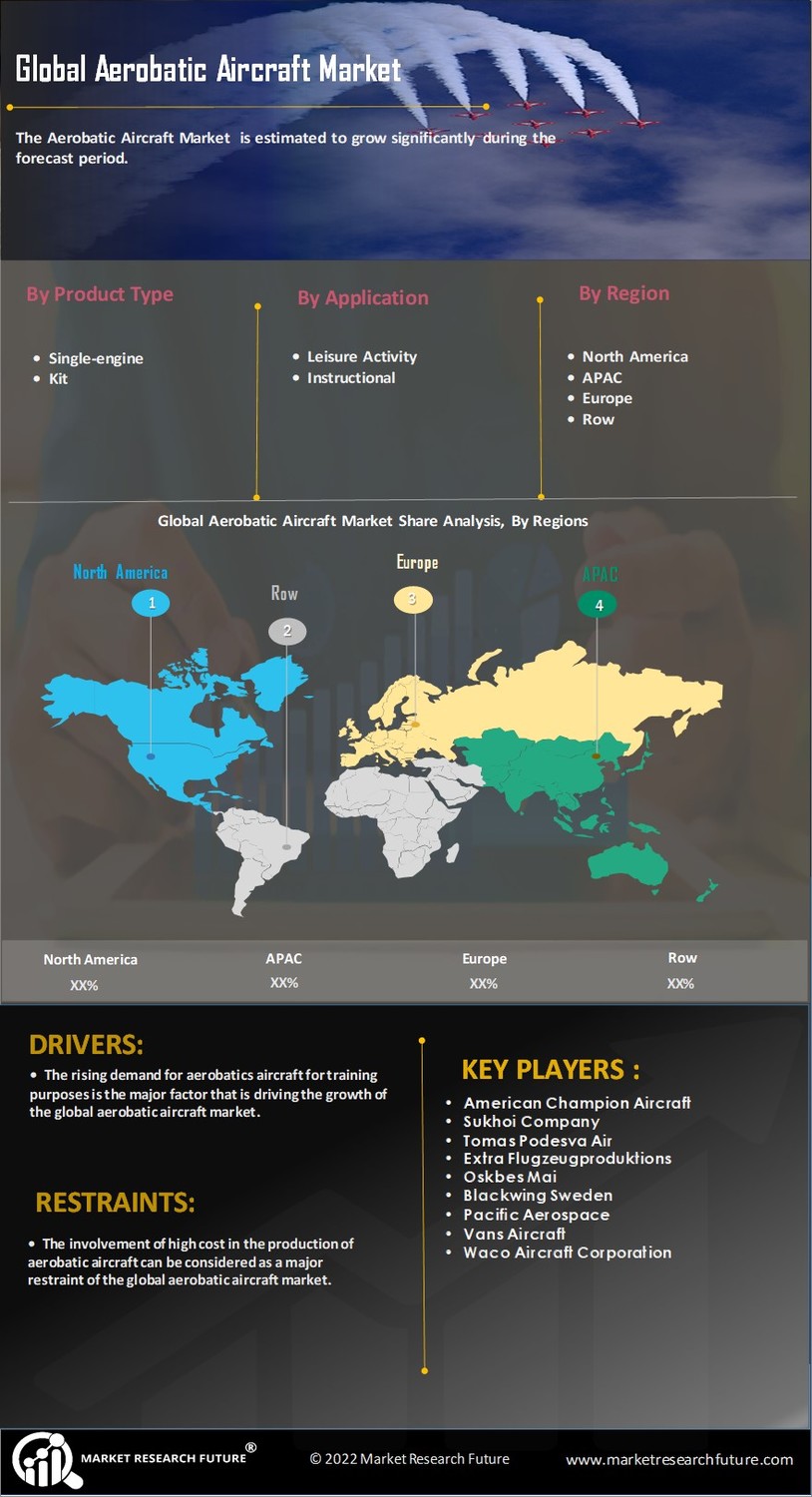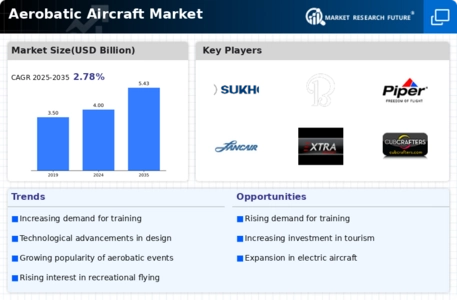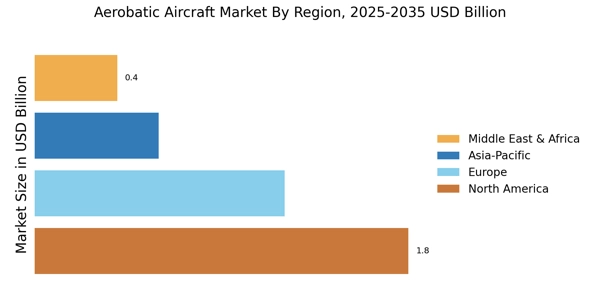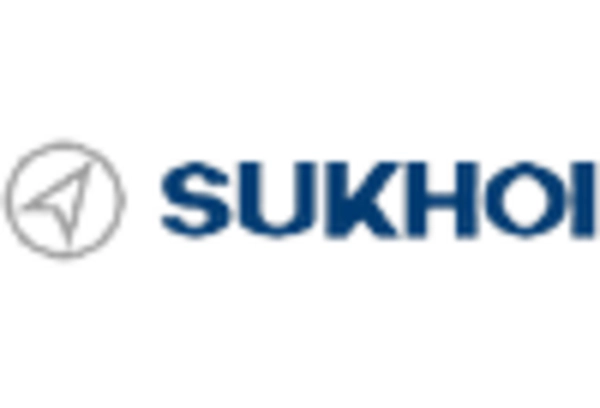The Aerobatic Aircraft Market is characterized by a dynamic competitive landscape, where various manufacturers and suppliers vie for market share through innovation, technical advancements, and strategic partnerships. With a growing interest in aerobatic flying, both for recreational purposes and competitive sports, this market is experiencing increased demand for high-performance aircraft.
Key players are focusing on developing lightweight, reliable aircraft that can provide superior maneuverability and safety. The entry of new entrants and ongoing advancements in aviation technology are also shaping the competitive environment, leading to a range of offerings that cater to different segments of the market.
Zlin Aviation has established a notable presence in the Aerobatic Aircraft Market, recognized for its commitment to performance and innovation. The company has garnered a strong reputation through its aircraft, which are known for their exceptional maneuverability and stability during aerobatic maneuvers.
Zlin Aviation emphasizes the use of advanced materials and cutting-edge engineering techniques to enhance flight performance while maintaining a focus on safety aspects. Strengthening its position in the market, Zlin Aviation has cultivated a robust customer base among both training institutions and individual enthusiasts, showcasing its aircraft in various competitive events and airshows, thereby enhancing brand visibility.
The company's dedication to research and development has enabled it to introduce innovative features that meet the evolving needs of aerobatic pilots, positioning itself as a competitive player within this niche segment.
Sukhoi has emerged as a prominent competitor in the Aerobatic Aircraft Market, leveraging its extensive experience in the aerospace sector to produce high-quality aerobatic aircraft that appeal to both professionals and amateurs.
The company is known for its powerful performance capabilities, ensuring that its aircraft can handle complex aerobatic maneuvers with ease. Sukhoi's engineering prowess is reflected in its focus on creating aircraft that not only excel in performance but also incorporate advanced safety technologies, which are critical in the aerobatic field.
The company's strong emphasis on aerodynamics and structural integrity provides it with a competitive advantage, allowing Sukhoi to cater effectively to a diverse clientele.
Furthermore, the brand's participation in international air shows and competitions helps it to maintain visibility and assert its position as a leader in the aerobatic aircraft segment, attracting new customers and fostering a loyal following among aviation enthusiasts.


















Leave a Comment